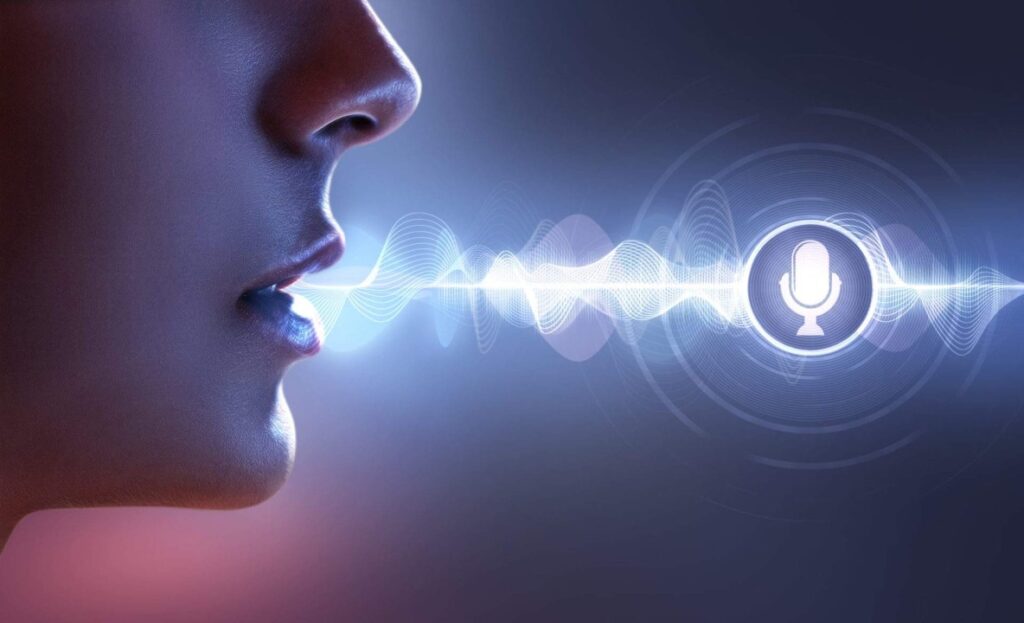In recent years, artificial intelligence (AI) has made remarkable strides in various fields, enhancing the way we interact with technology. One such advancement that has gained significant attention is AI voice generators. These sophisticated systems are designed to mimic human speech patterns and produce natural-sounding voices, revolutionizing the landscape of speech synthesis. This article explores the evolution of AI voice generators, their applications, and the impact they have on industries ranging from entertainment to accessibility.
Historical Perspective
The journey of voice synthesis dates back to the early days of computing, with early attempts using basic text-to-speech (TTS) systems. These systems, however, often produced robotic and unnatural voices, lacking the nuances and intonations present in human speech. As technology progressed, researchers began incorporating machine learning techniques to improve the quality of synthesized voices.
Machine Learning and Natural Language Processing
The advent of machine learning and natural language processing (NLP) paved the way for more sophisticated AI voice generators. These systems leverage deep learning algorithms to analyze vast amounts of audio data, allowing them to understand the intricacies of human speech. NLP techniques enable the recognition and reproduction of natural language, making the generated voices sound remarkably human-like.
Neural Networks and Deep Learning
Neural networks, particularly deep neural networks, have played a pivotal role in enhancing the capabilities of AI voice generators. Deep learning models, such as recurrent neural networks (RNNs) and more advanced architectures like long short-term memory networks (LSTMs) and transformer models, have significantly improved the quality and fluency of synthesized voices. These models excel at capturing complex patterns in speech, including intonations, rhythm, and pitch variations.
Voice Cloning Technology
Voice cloning technology represents a breakthrough in AI voice generators, allowing users to replicate specific voices with astonishing accuracy. By training models on a speaker’s voice data, these systems can generate speech that closely resembles the individual, capturing unique nuances and idiosyncrasies. Voice cloning has found applications in various sectors, from entertainment to accessibility services for individuals with speech disabilities.
Applications Across Industries
AI voice generators have found widespread applications across diverse industries, transforming the way we interact with technology. In the entertainment sector, these systems enable the creation of realistic virtual characters with authentic voices, enhancing the immersive experience in video games, virtual reality, and animated films. Additionally, AI-generated voices are increasingly being used in the creation of audiobooks, podcasts, and voiceovers for advertisements.
In the realm of accessibility, AI voice generators have become invaluable tools for individuals with speech disabilities. These systems empower users to communicate more effectively by converting text input into natural-sounding speech. This inclusivity has a profound impact on the lives of those who face challenges in traditional communication methods.
Moreover, businesses are leveraging AI voice generators for interactive customer service applications, chatbots, and virtual assistants. The ability to provide a human-like voice enhances user engagement and contributes to a more seamless and natural interaction between users and AI-driven interfaces.
Ethical Considerations
As AI voice generators become more sophisticated, ethical considerations surrounding their usage have come to the forefront. Voice cloning technology, in particular, raises concerns about the potential misuse of replicated voices for fraudulent activities, deepfake applications, or other malicious purposes. Striking a balance between technological advancement and ethical considerations is crucial to ensuring responsible and safe deployment of AI voice generation systems.
Challenges and Future Directions
While AI voice generators have made significant strides, challenges remain. Achieving perfect naturalness and overcoming the “uncanny valley” effect—where generated voices sound almost human but retain subtle robotic characteristics—remains an ongoing pursuit. Researchers are also exploring ways to enhance multilingual capabilities, regional accents, and emotional expressiveness in synthesized voices.
The future of AI voice generators holds promise for even more realistic and versatile applications. Continued advancements in neural network architectures, training data diversity, and real-time processing capabilities will likely contribute to further improvements. Additionally, addressing ethical concerns and establishing guidelines for responsible use will be essential as these technologies become more widespread.
Conclusion
The evolution of AI voice generators represents a remarkable journey from basic text-to-speech systems to sophisticated, human-like voice synthesis. These systems have transcended traditional boundaries, finding applications across entertainment, accessibility, customer service, and beyond. As technology continues to advance, the ethical considerations surrounding AI voice generators will play a crucial role in shaping their responsible and positive integration into various aspects of our lives. With ongoing research and development, the future promises even more realistic and seamless interactions between humans and AI-generated voices, revolutionizing the way we communicate and interact with technology.







